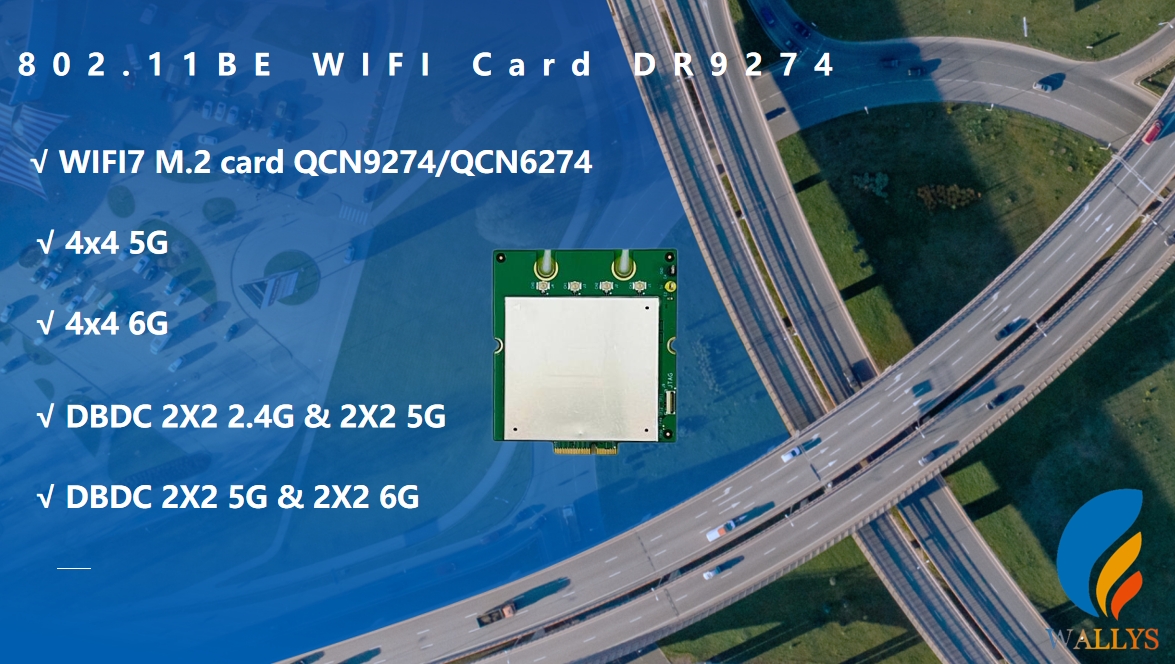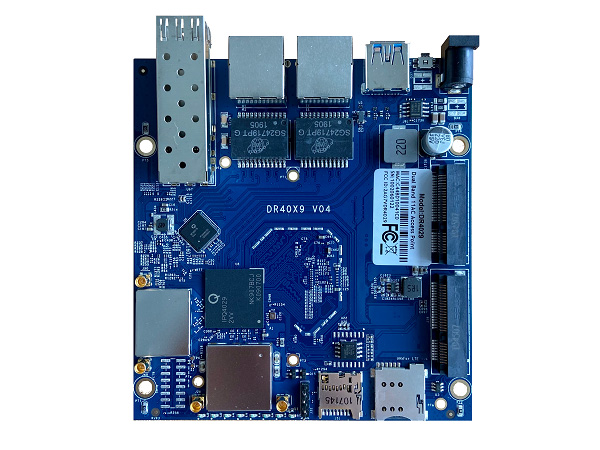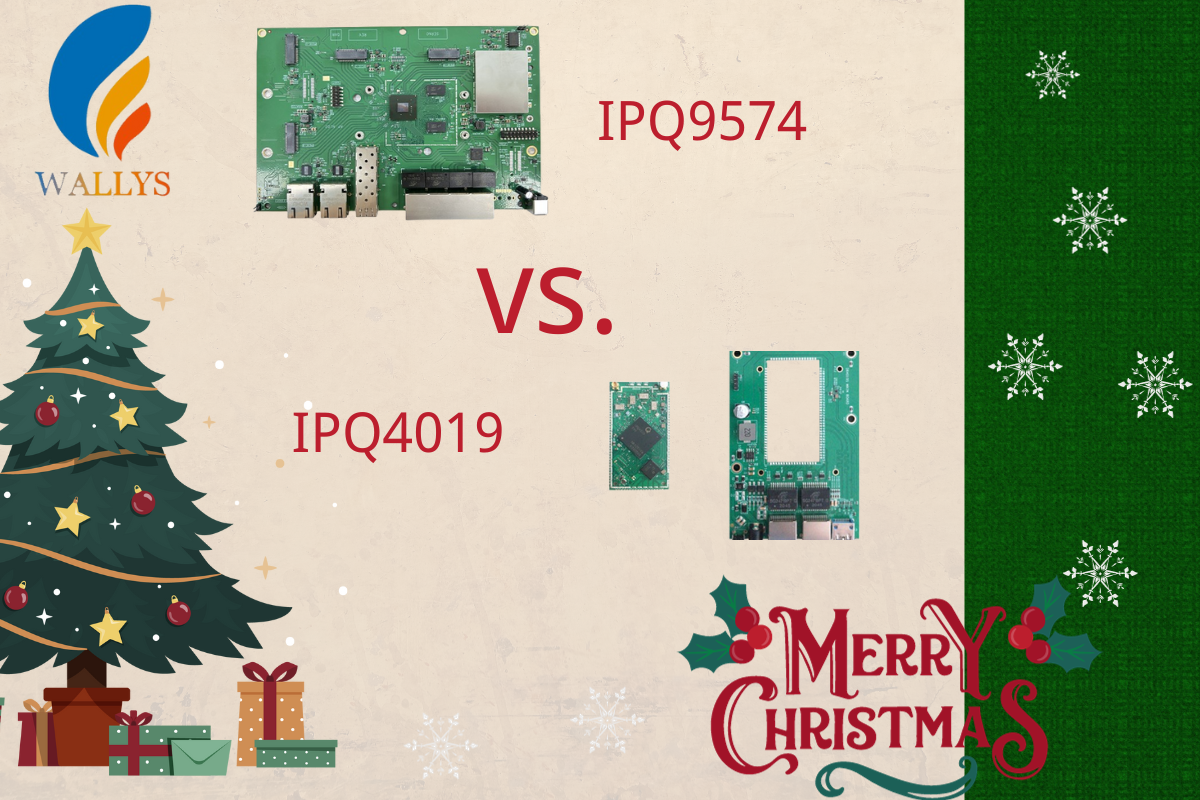QCN9024 vs. QCN9274: Performance comparison of wireless network chips
Introduction: In the rapid development of wireless communication technology today, Qualcomm launched QCN9024 and QCN9274 two wireless chips have attracted much attention. The two chips play an important role in the field of wireless connectivity, but they have some differences in performance, application areas, and technical specifications. This article will take an in-depth look at the QCN9024 and QCN9274, providing a comprehensive comparison of their features to help readers better understand and choose the right wireless chip for their needs.
 QCN9024:
QCN9024:
A wireless networking chip that may be used in Internet of Things (IoT) devices or other low-power, low-bandwidth applications. Supported communication standards may include Bluetooth and Wi-Fi, among others. Designed for low-power devices, optimized power performance is possible. QCN9274:
A wireless networking chip commonly used for higher performance, high speed applications. More communication standards may be supported, such as 802.11ac (Wi-Fi 5) or later Wi-Fi standards, as well as Bluetooth. May be designed for devices that require greater bandwidth and higher performance.
Performance comparison: There are significant performance differences between the QCN9024 and QCN9274. The QCN9274 may have higher bandwidth and processing power for high-performance applications, while the QCN9024 may be more focused on low-power, low-bandwidth iot devices. The QCN9274 may be designed for high-performance applications with greater bandwidth and processing power, while the QCN9024 may be more suitable for scenarios with low power consumption and low bandwidth requirements
Communication standards: The QCN9274 may support more communication standards, including high-speed Wi-Fi standards (such as 802.11ac or later), Bluetooth, and more. In contrast, the QCN9024 is likely to focus on lower power communication standards that provide stable connectivity for iot devices.
Application field: Given the differences in performance and power consumption, the QCN9024 may be more suitable for iot, low-power devices, while the QCN9274 may perform better in applications requiring greater bandwidth and high performance. Since the QCN9024 may focus on iot and low-power devices, while the QCN9274 may be more suitable for applications requiring greater bandwidth and high performance, they may differ in application areas.
Power consumption characteristics: The QCN9024 may have more optimized power consumption characteristics, making it ideal for devices with high battery life requirements. Suitable for devices requiring very low power consumption
Conclusion: In summary, there are some differences between QCN9024 and QCN9274 in terms of performance, communication standards, application areas, and power consumption characteristics. The choice of the right chip depends on the specific application needs, for iot devices seeking low power consumption, the QCN9024 may be ideal, while for applications requiring higher performance and large bandwidth, the QCN9274 may be more suitable.
By gaining a deeper understanding of the characteristics of these two chips, we can better make informed choices for future wireless connectivity technologies. Qualcomm's innovative technologies will continue to drive the development of wireless communications, and the comparison of QCN9024 and QCN9274 will help drive the advancement of wireless connectivity technology.











